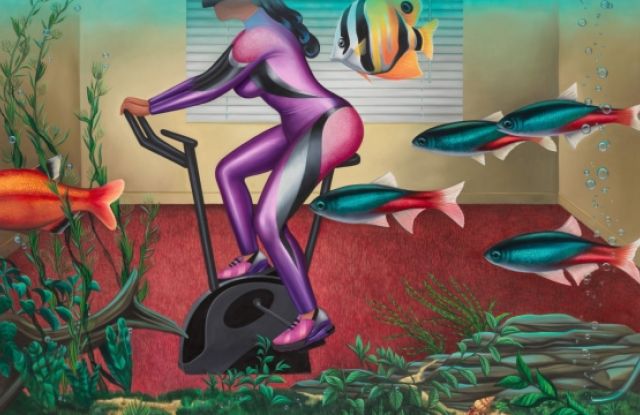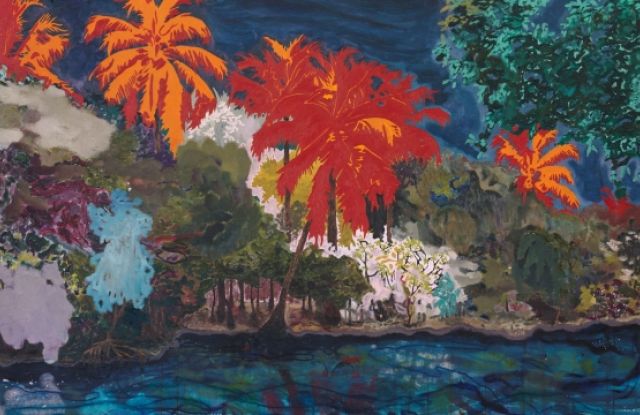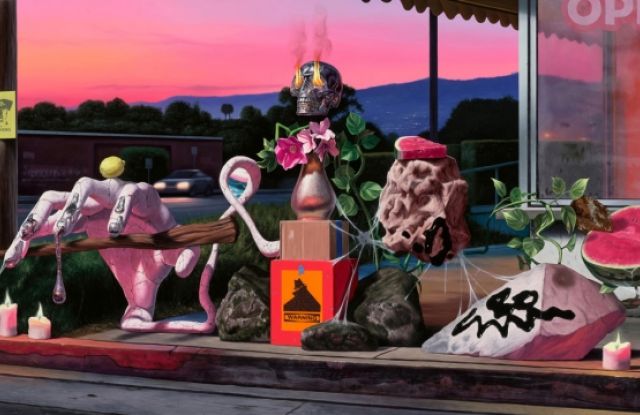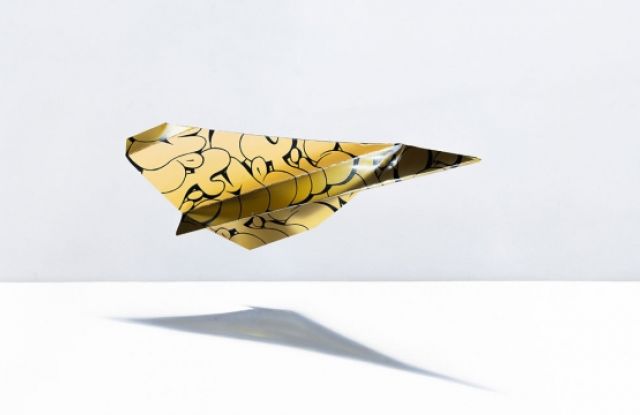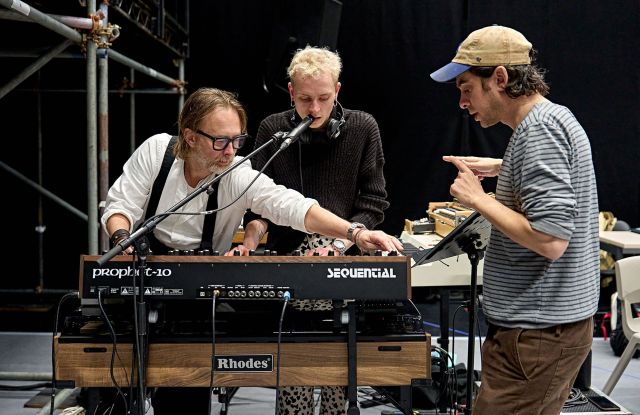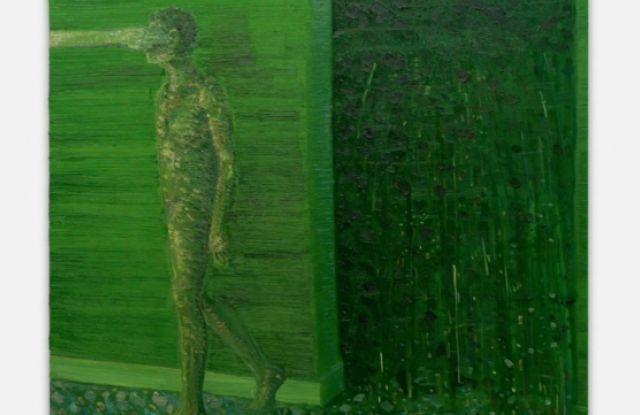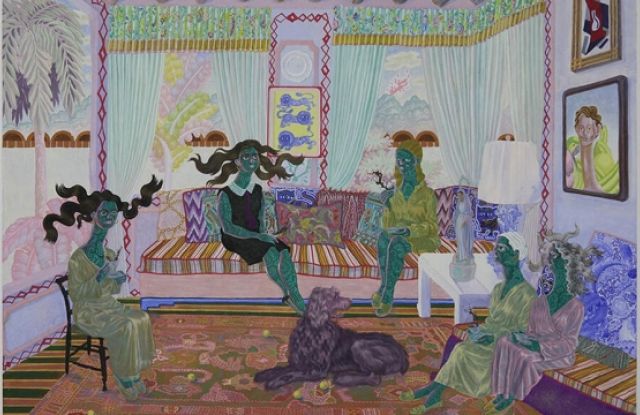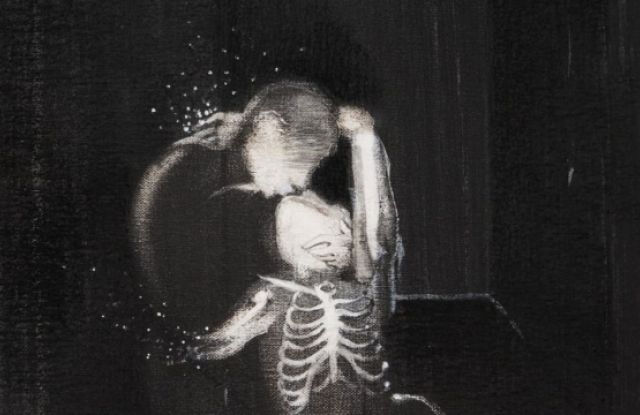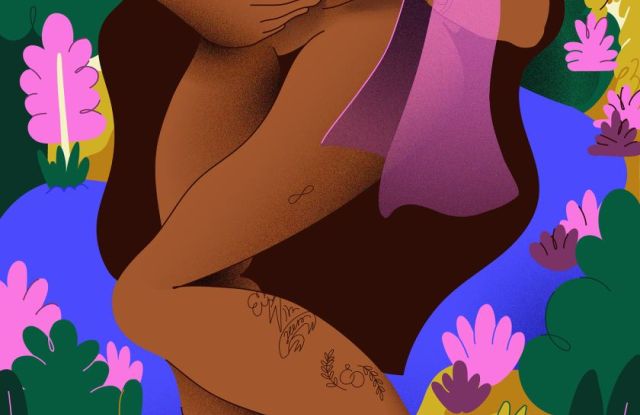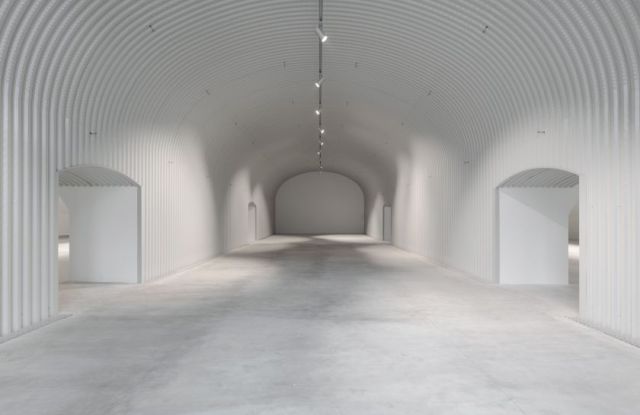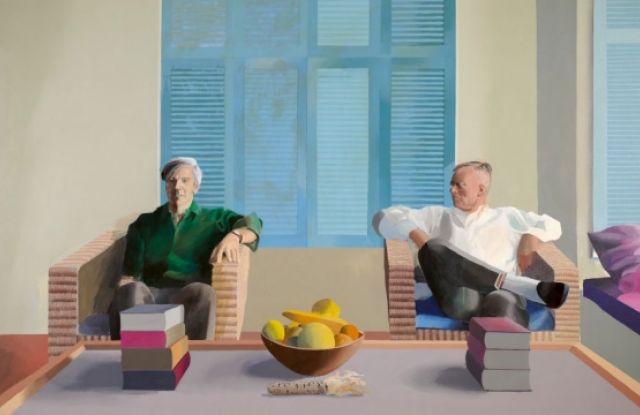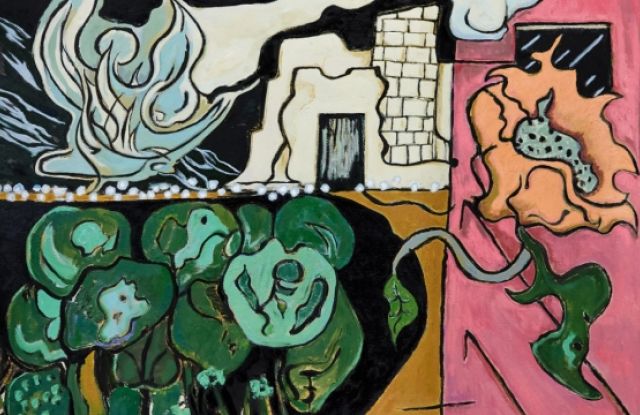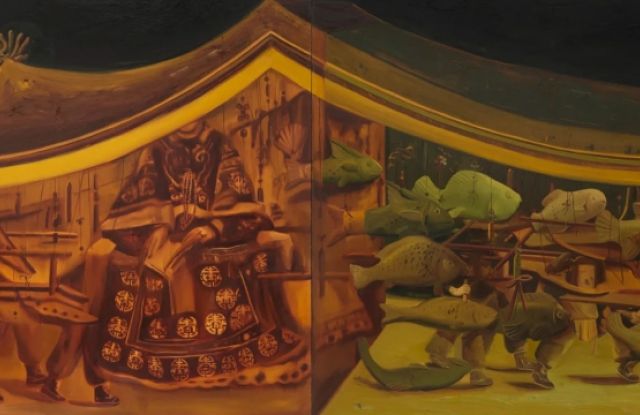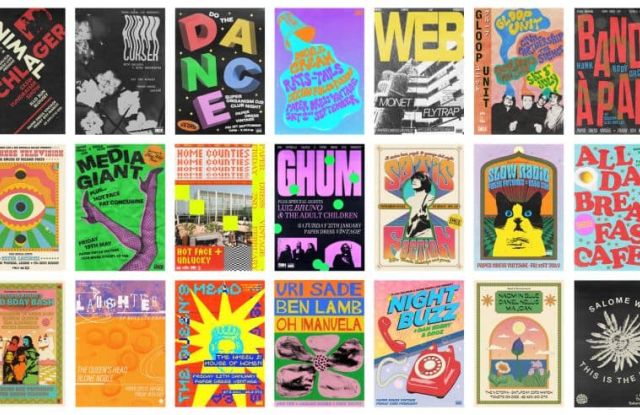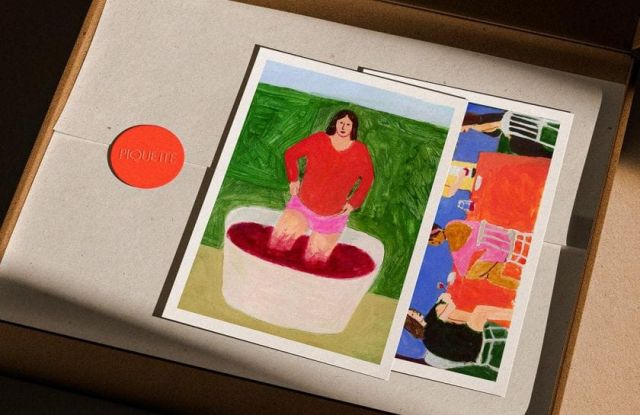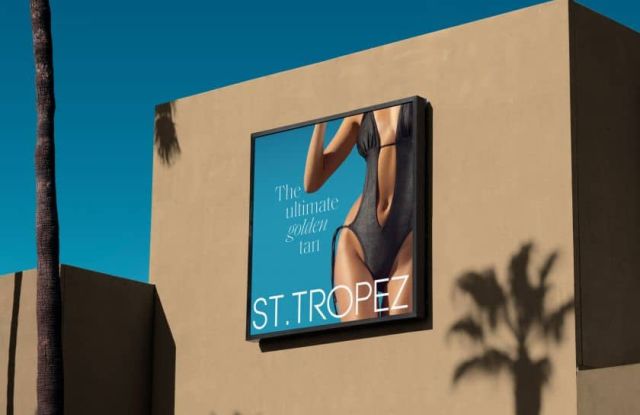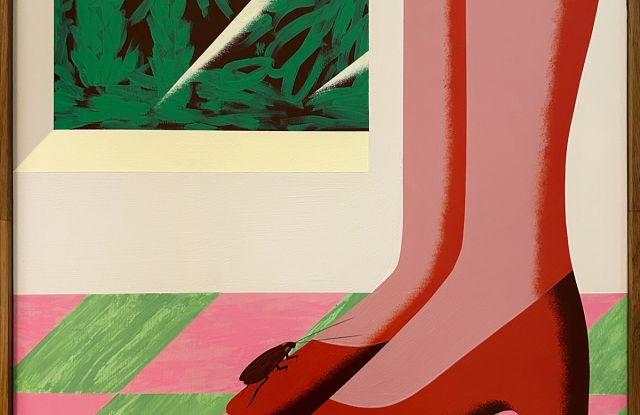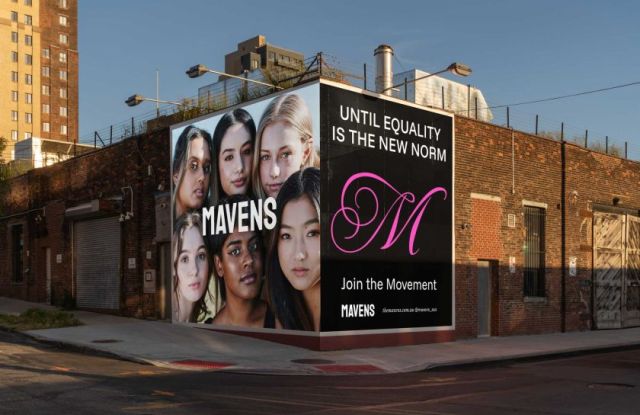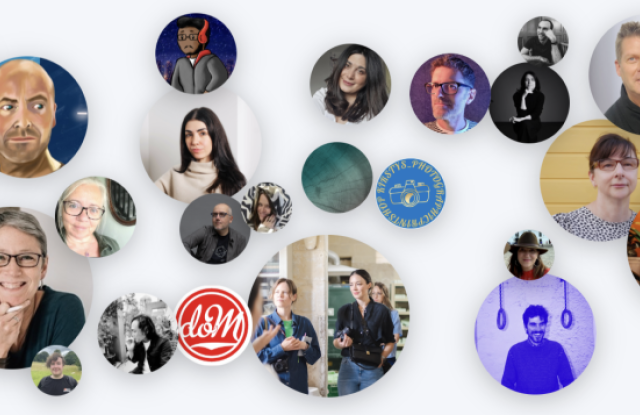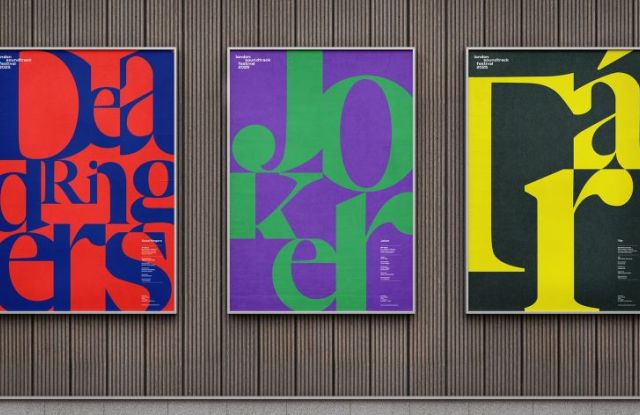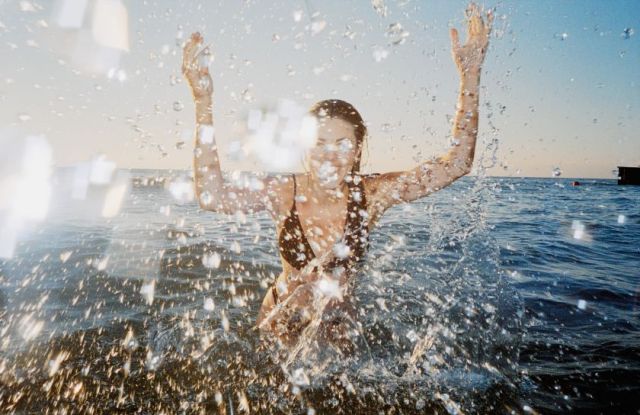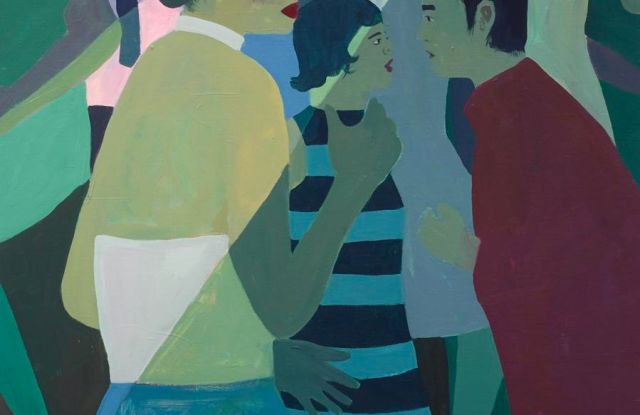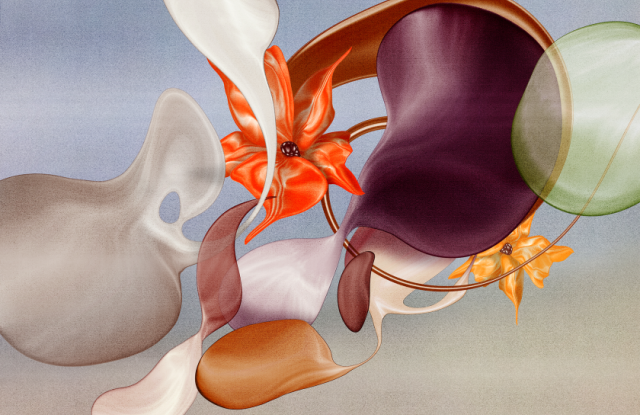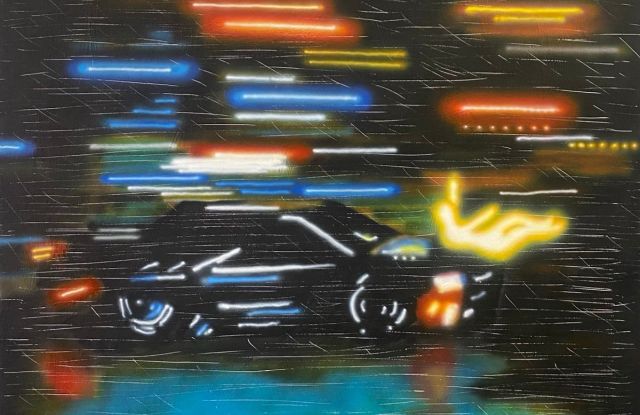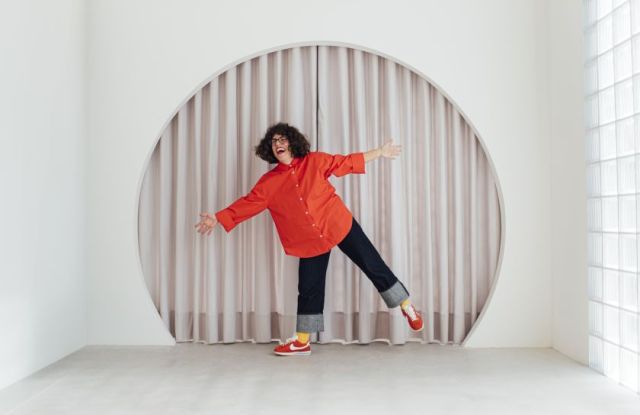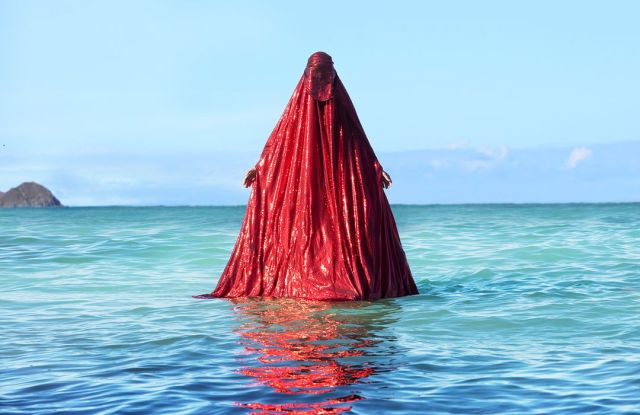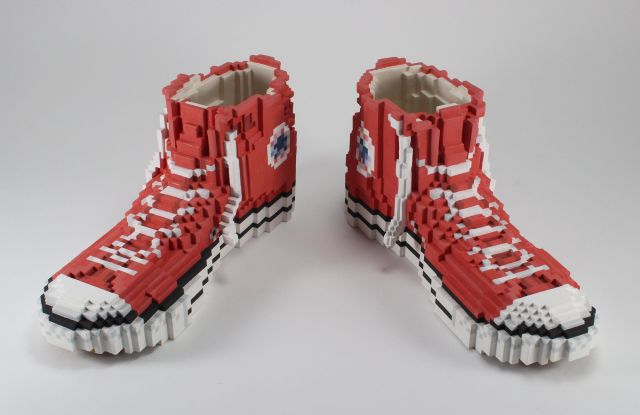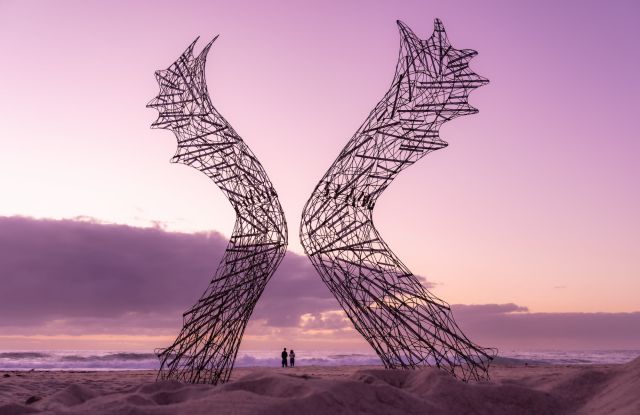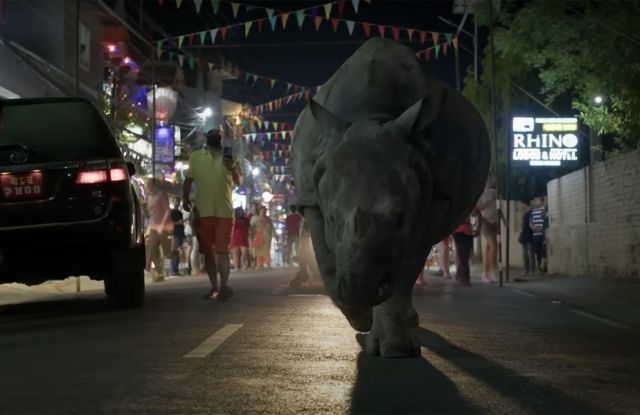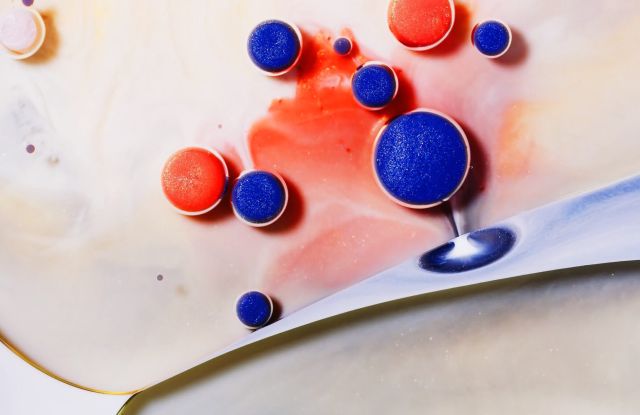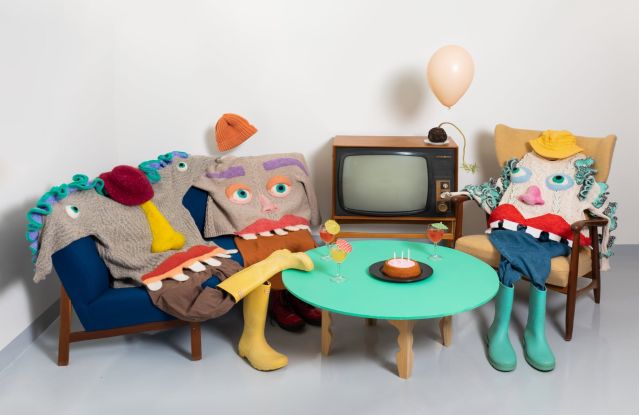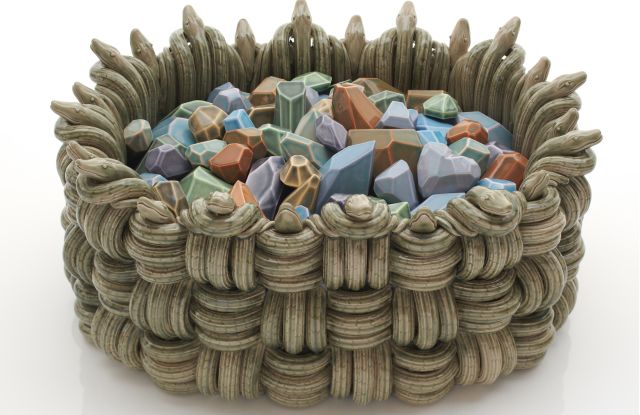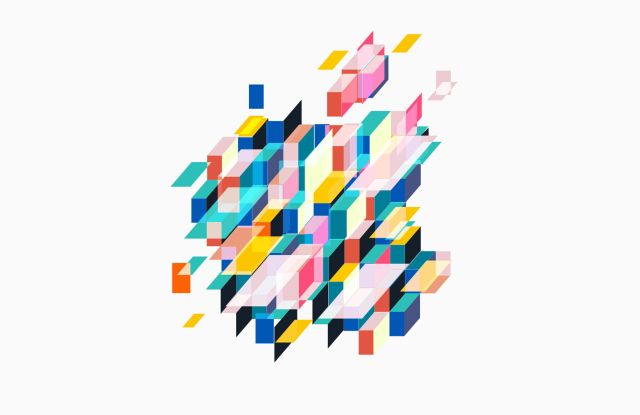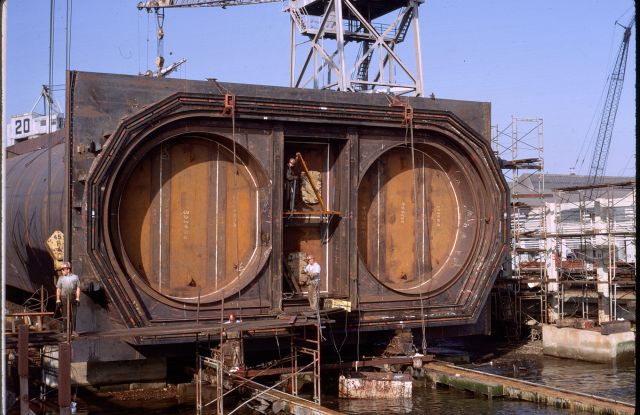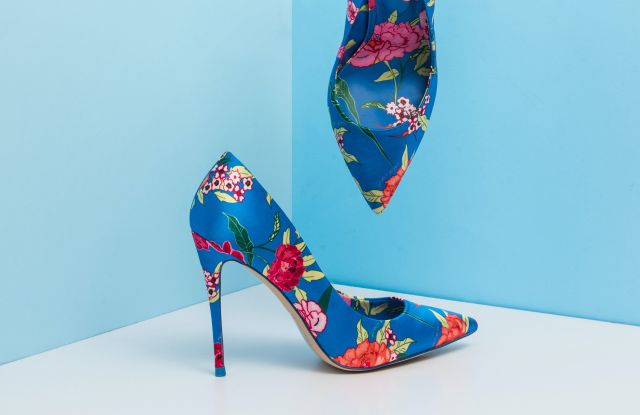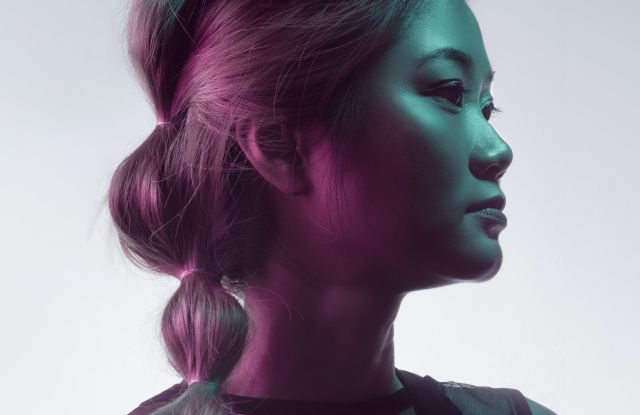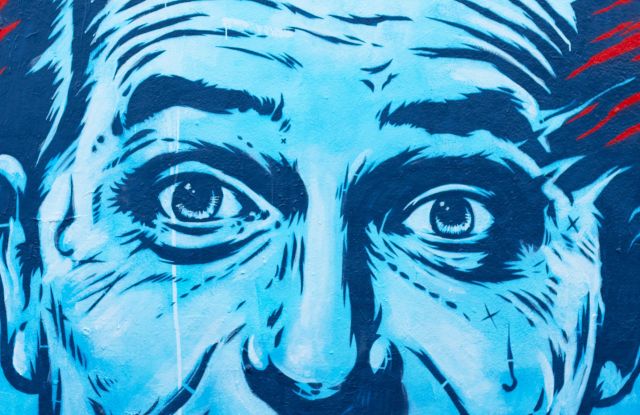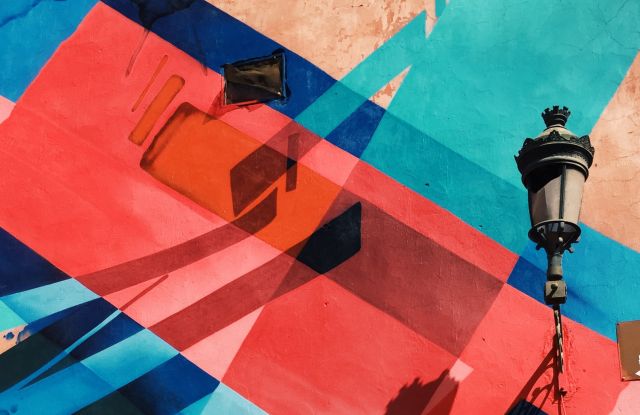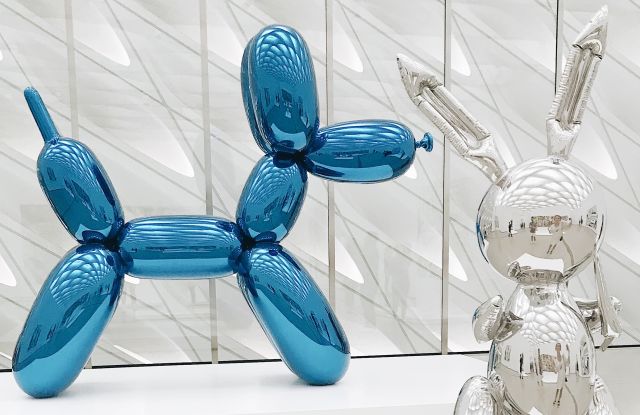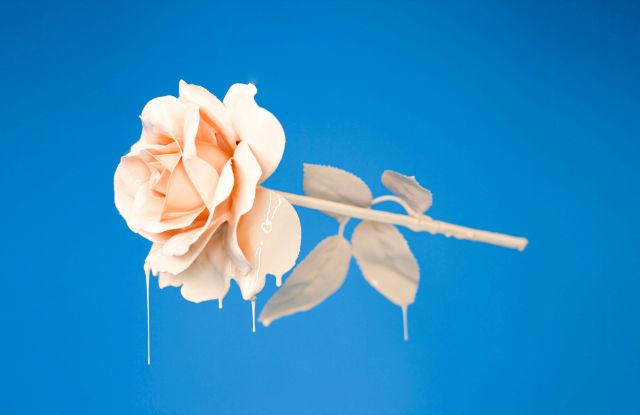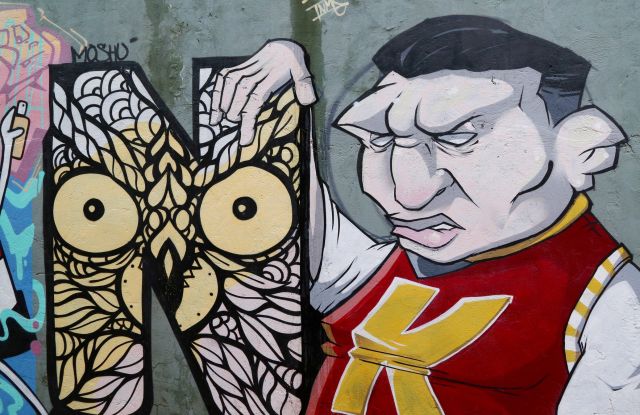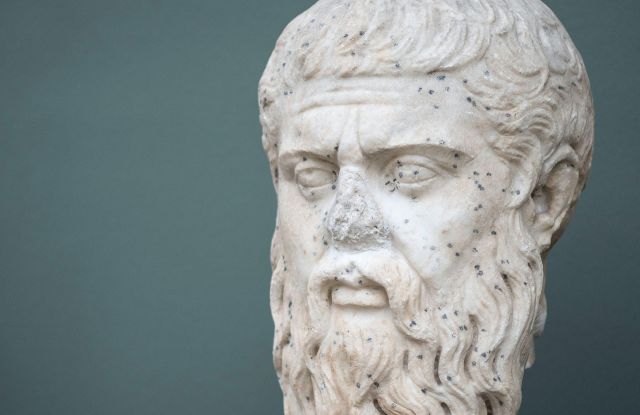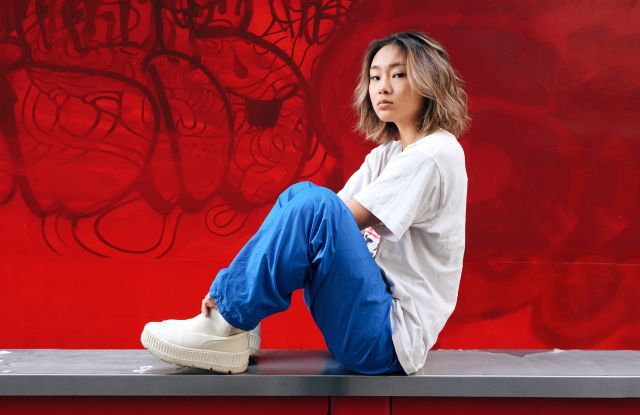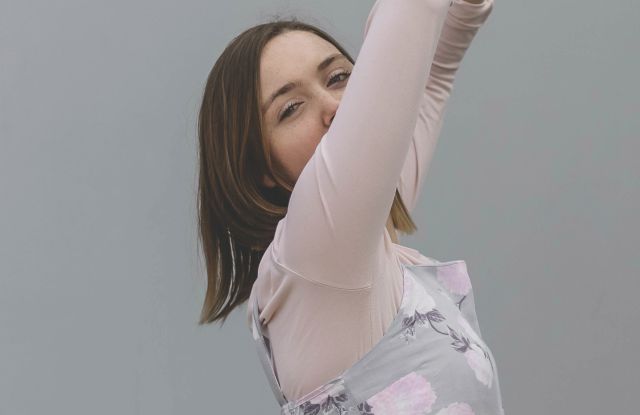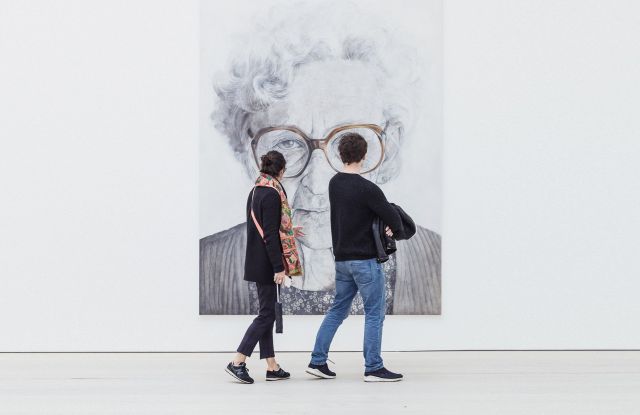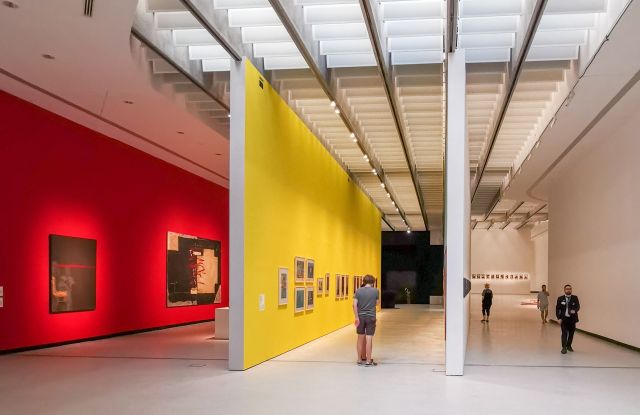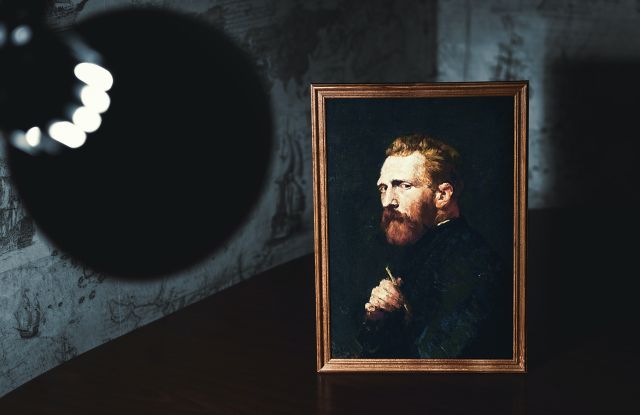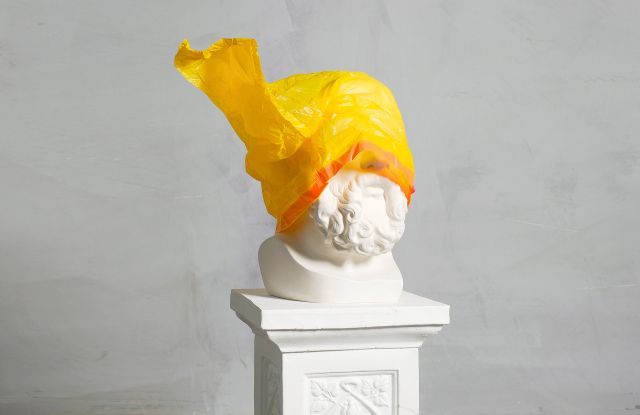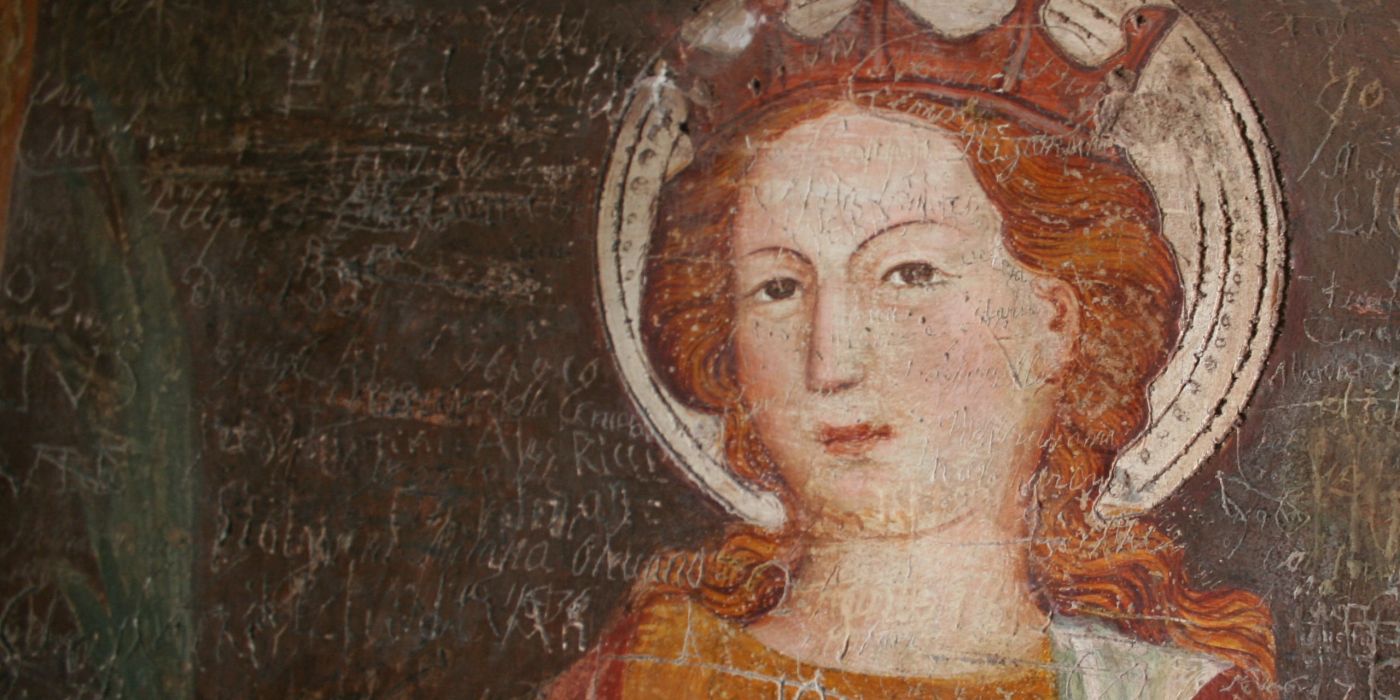
How the Definition of Art Changed Over the Centuries

Introduction: The Ever-Changing Nature of Art
Art has been an integral part of human culture for thousands of years, serving as a means of communication, self-expression, and storytelling. Throughout history, the definition of art has undergone numerous transformations, reflecting the changing values, beliefs, and technologies of each era. In this blog post, we’ll take a journey through time to examine how the definition of art has evolved over the centuries.
1. Prehistoric and Ancient Art
In prehistoric times, art was primarily used as a means of communication and documentation, with early humans creating cave paintings and carvings to depict their experiences and surroundings. As civilizations developed, art began to serve religious and ceremonial purposes, with ancient cultures such as the Egyptians, Greeks, and Romans producing intricate sculptures, frescoes, and mosaics to honor their gods and commemorate significant events.
2. Medieval Art
During the Middle Ages, the definition of art shifted once again, as it became predominantly focused on religious themes. With the spread of Christianity throughout Europe, artists created illuminated manuscripts, stained glass windows, and elaborate altarpieces to convey biblical stories and inspire devotion. This period also saw the rise of Gothic architecture, characterized by its pointed arches, ribbed vaults, and flying buttresses.
3. Renaissance Art
The Renaissance marked a significant turning point in the history of art, as artists began to explore humanism, perspective, and the natural world. This period saw a renewed interest in classical ideals and a focus on individual creativity, with masters like Leonardo da Vinci, Michelangelo, and Raphael producing iconic works that celebrated the beauty and complexity of the human experience.
4. Baroque and Rococo Art
The Baroque and Rococo periods introduced a new level of drama and extravagance to art, with artists employing bold colors, dynamic compositions, and ornate details to evoke emotion and grandeur. These styles were often used to promote the power and prestige of the church and aristocracy, with artists like Caravaggio, Rembrandt, and Rubens creating visually striking works that captured the imagination of their viewers.
5. Romanticism, Realism, and Impressionism
As the 19th century unfolded, the definition of art continued to evolve, with movements such as Romanticism, Realism, and Impressionism emerging in response to the rapid social and technological changes of the time. Artists like Turner, Courbet, and Monet sought to capture the essence of their subjects and the world around them, experimenting with new techniques and challenging traditional artistic conventions.
6. Modern and Contemporary Art
The 20th and 21st centuries have seen an explosion of artistic styles and movements, as artists continue to push the boundaries of what constitutes art. From the abstract expressions of Jackson Pollock to the provocative installations of Ai Weiwei, modern and contemporary art encompasses a diverse range of media, concepts, and techniques, reflecting the complex and ever-changing nature of our world.
Conclusion: The Ongoing Evolution of Art
Throughout history, the definition of art has been shaped by a myriad of cultural, social, and technological factors, resulting in an incredibly diverse and dynamic body of work. As we continue to explore new forms of expression and grapple with the challenges of our time, it’s clear that the evolution of art is far from over. In fact, it’s this constant state of change and adaptation that makes art such a powerful and enduring aspect of human culture.

